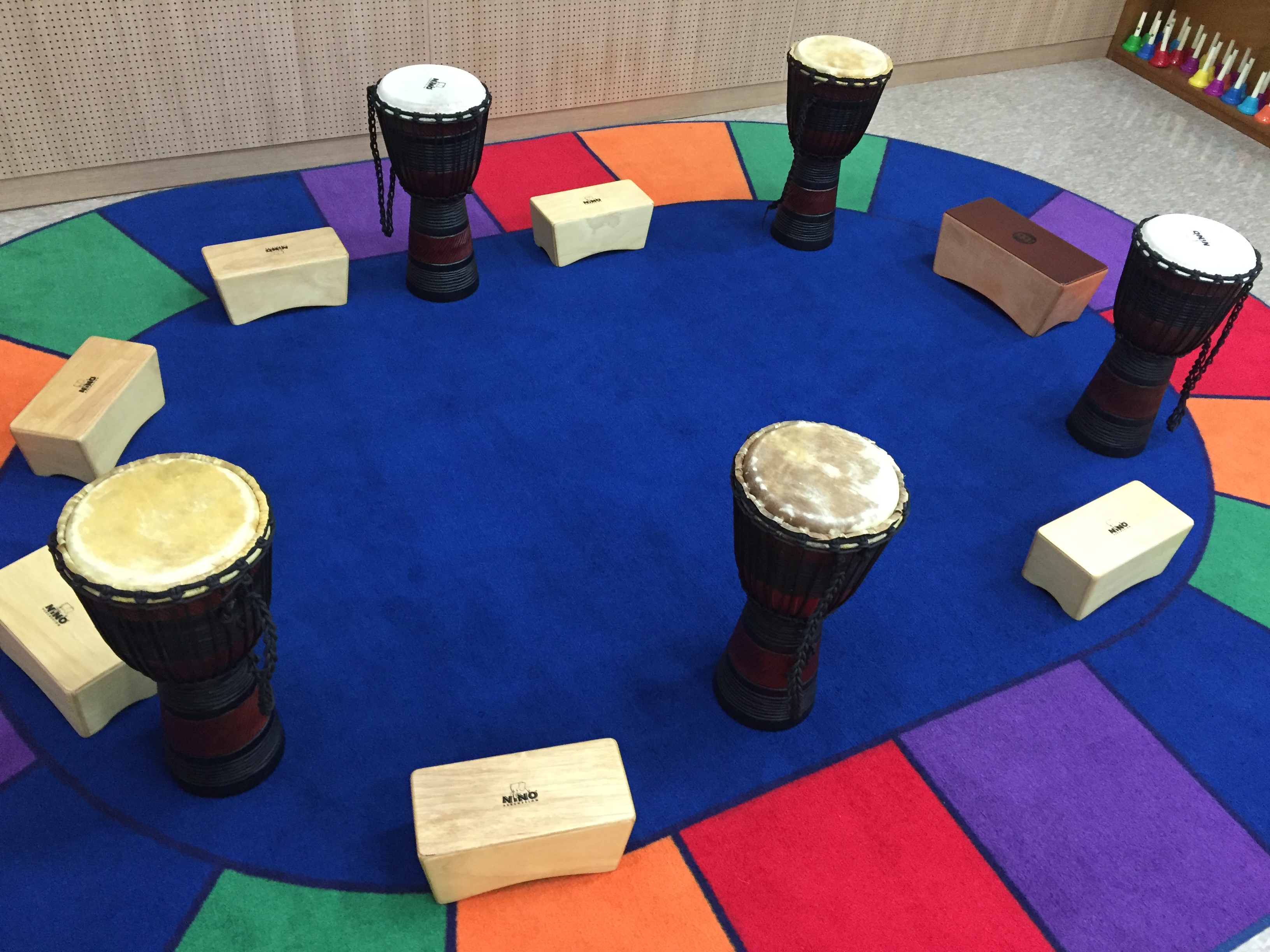From my last post I talked a lot about ePortfolios and demonstrating student learning. Yet no matter what school you teach at, you need a curriculum. Something that drives your teaching and builds scaffolding (or a sequential framework) for learning. This is an obvious fact and yet there are issues surrounding this concept.
As an International Music Educator I was fortunate to have the opportunity to teach PYP Music (which is Kindergarten to Grade 5) for one year. This was my original problem: How do I start the process of mapping a whole curriculum, with outcomes in responding and creating, that shows sequential learning?
With the help of my colleague Randy Sihyun Park (an amazing new music educator) in South Korea, we devised a system in Apple’s iWork program Numbers to show our plans and our ideas to teach the Primary Years Program (PYP Grades K-5) in Music. Using Arvida Steen’s Exploring Orff: A Teacher’s Guide, and the NSW Australian Music Syllabus Outcomes, we mapped each of the six required units with the homeroom teachers and built musical inquiry units alongside them. We even added stimulus material to get the students performing, composing and listening in creative ways (see the download below).
The process was rewarding and involved hours of collaboration yet it highlighted three main problems. Maybe you can relate?
- Problem number one is that many schools have clunky systems that teachers have to enter data into and, speaking for myself, I like to create new lessons and materials each year. It is difficult to continually reflect this in an online system and simultaneously communicate it to parents and students. iWork’s Numbers was the perfect solution.
- Problem number two is that it is very difficult to have a birds-eye view of the entire sequential plan. Especially when you aim to backwards map from Grade 12 to Kindergarten. As a Music Educator this is something I enjoy doing. Therefore having a ‘birds-eye-view’ to show parents the musical journey their students will take, is exciting.
- Problem number three is that during Professional Development, teachers are almost always requested to fill out another ‘section’ of their online school curriculum. If the overall map was completed, this could then become a simple copy/paste job and then a discussion with peers about the actual teaching could occur. This is now a professional goal for me!
Every Grade is presented on a single page with the six transdisciplinary themes (or units) shown vertically. Each of the Key Concepts and Inquiry Questions have been taught as well. Download it for free using the menu bar at the bottom. Feel free to ask questions on each of the inquiry stances – we welcome the feedback!.
Whereas the above PDF is a detailed plan, it was always a work in progress.
I also want to thank the many other teachers who contributed in their knowledge, experience and ideas. If you like the attached PDF and find it useful can you post your own ideas in the comments below? Both Sihyun and I would love to hear from you.
Why is Numbers so good for this?

And here is an example Rubric for PYP Grading made in Numbers.

PYP Music Scope & Sequence Model by Samuel Wright, Sihyun Park is licensed under a Creative Commons Attribution-NonCommercial-ShareAlike 4.0 International License.
